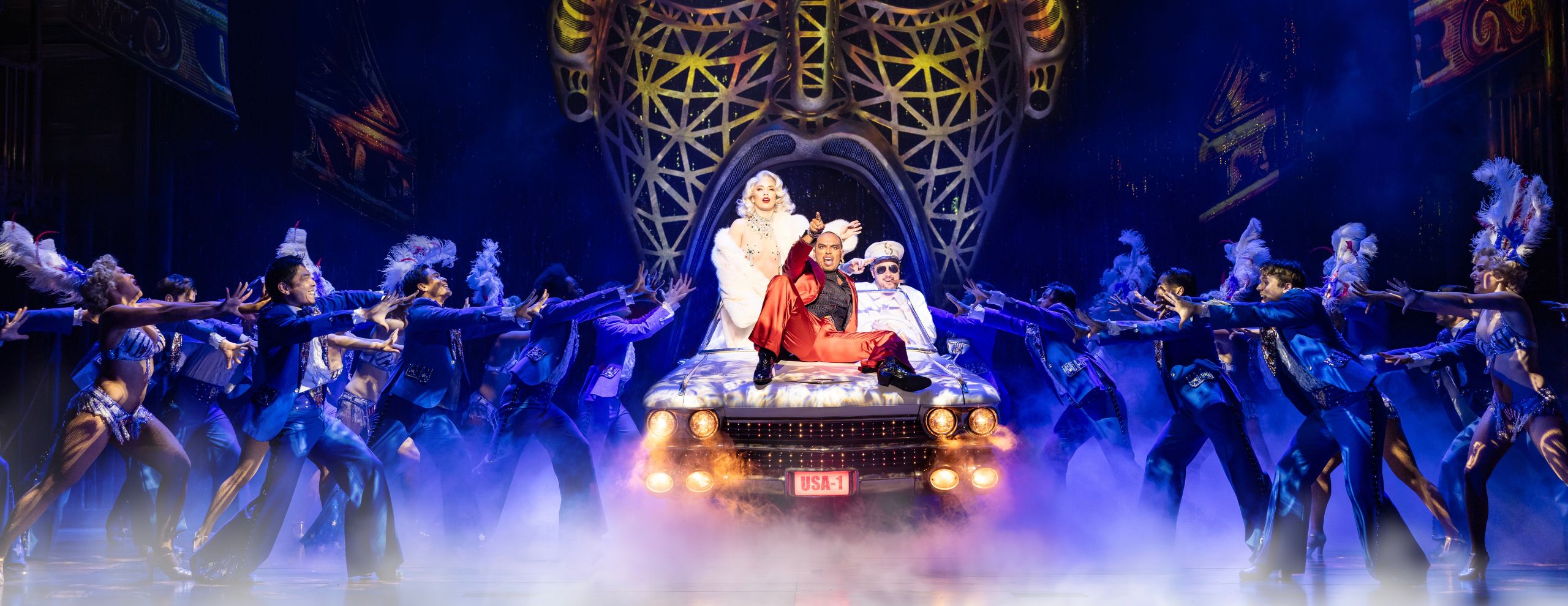The first time I watched Miss Saigon was 23 years ago when it was staged at the Kallang Theatre in 2001. I was younger then and couldn’t actually remember much of the musical safe for the helicopter scene which blew my mind as an innocent kid.

Since its inception, Miss Saigon had gone on to win 70 major theatre awards including three Tony Awards, two Olivier awards and four Drama Desk Awards, and has been performed in 15 different languages in over 32 countries and 350 cities to over 38 million people.
Miss Saigon tells the story of Kim, a young Vietnamese woman who had been orphaned by the Vietnam war and forced to work in a bar run by a notorious man known as the Engineer.

There, she meets and falls in love with Chris, an American G.I., but they were soon torn apart by the fall of Saigon. For three years, Kim goes on a journey of survival as she tries to find her way back to Chris, alongside her young son whom Chris did not know he fathered.
Like most musicals I’ve watched, I always enjoyed being sucked into the world that the musical is set in but Miss Saigon was a tough one for me to get into.
The show opened with “The Heat is on in Saigon” and while I could appreciate the similarities of a somewhat noisy and vice-fuelled night club in war torn Vietnam of 1975, there were moments when the number sounded a little bit rushed and messy.
I found myself not only trying to guess what was being sung but also wincing at moments where it felt like the actors seemed like they were yelling their lines or going slightly out of tune.
This, of course, is in no way critical of the actors or their voices as it could be attributed to the sound system of the theatre.

However, because of this, I felt disengaged with the musical and started to pay less attention. This building disinterest went on for a good 20 minutes until “The Morning of the Dragon” or what I would like to call — the scary but uniformed part of the musical where a golden likeness of Hồ Chí Minh is staring at you.
This was an interesting scene which blended in-sync choreography with acrobatic moves and clear vocals that could easily be translated as pride reminiscent of North Vietnam and the Viet Congs when they successfully captured the South.

Excluding Hamilton, I don’t really enjoy musicals that have no dialogue because it meant I had to be able to catch what the characters were singing in order to understand how they were feeling or what was going on in that moment.
Needless to say, the whole of the first act had me struggling to understand what was sung because I couldn’t hear the actors clearly, especially when it came time for “You Will Not Touch Him”, a song between Kim and her former betrothed Thuy.
After intermission, I was worried about how I would get through the second half of the show especially when I could feel my attention waning. But, surprisingly, the second half came back so much stronger with bigger sets and bigger numbers that was further bolstered by Seann Miley Moore’s performance as the Engineer.

His one-liners, expressions, delivery of his parts in a song, and his solo performance in “American Dream” was what really stole the show for me, in addition, of course, to the appearance of that famous chopper which had everyone holding their breath.
Although Miss Saigon would not make the list of my favourite musicals, it was definitely one of the most riveting, touching on various aspects of war and the consequences it brings, the resilience of war survivors, and the simple love between a mother and her child.
I would not spoil the ending for you but let’s just say that the final scene in the musical truly amplifies how a mother’s love knows no bounds, not even in death.











You must be logged in to post a comment.